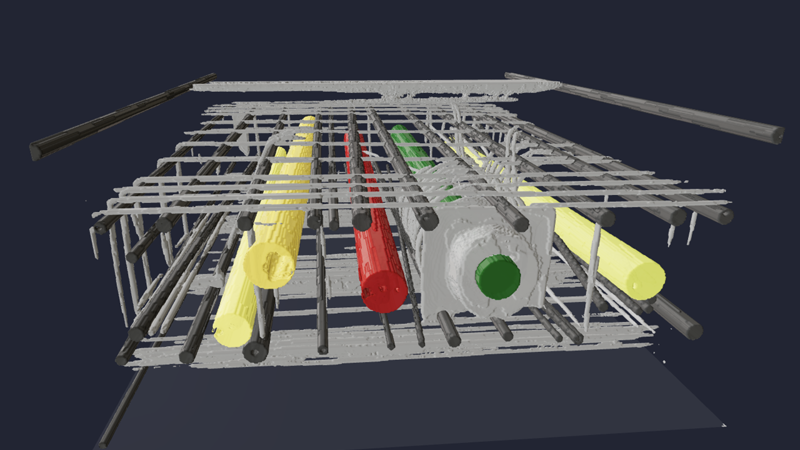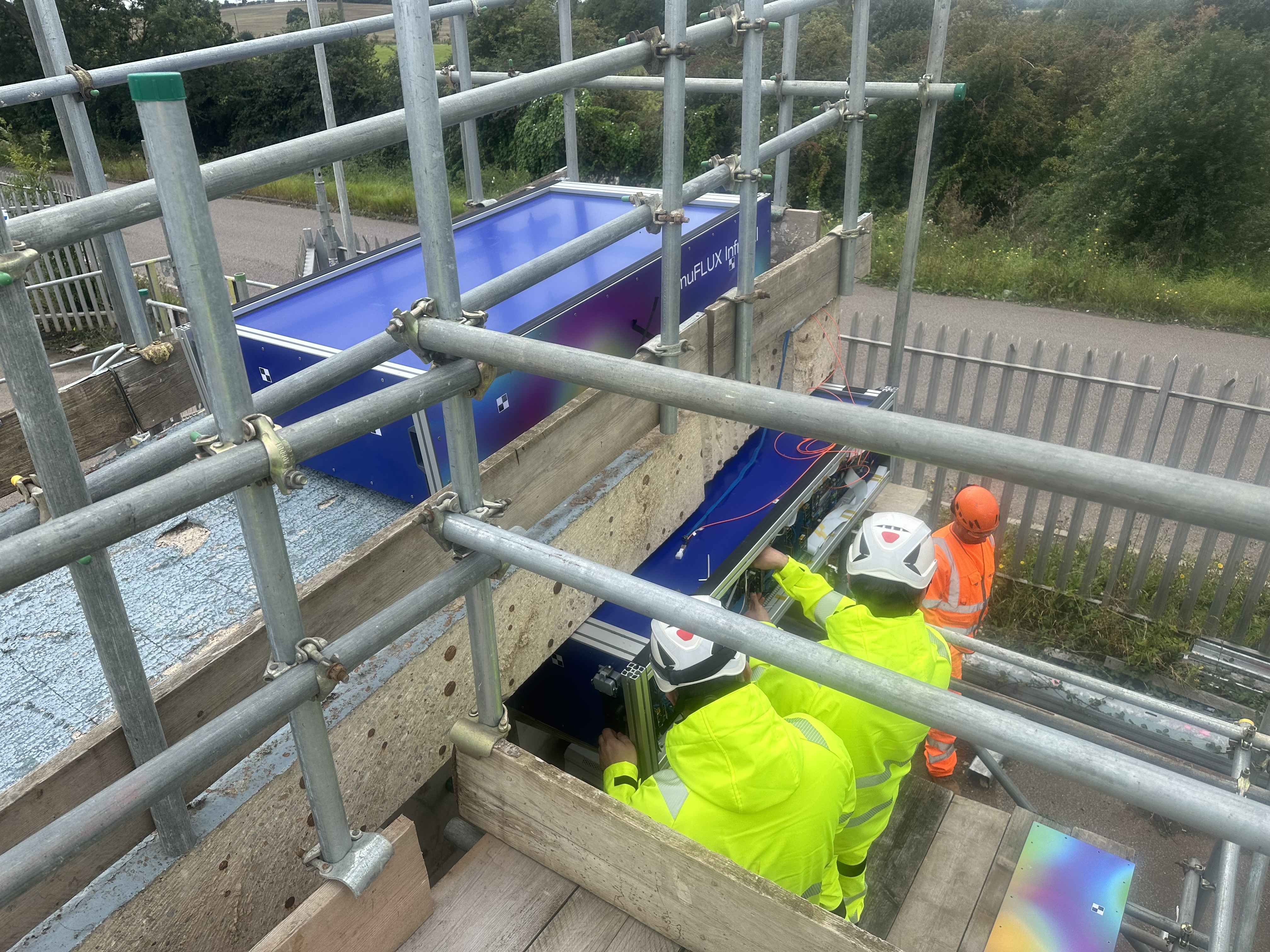Groundbreaking technologies could reduce closures and enhance safety on road network
Published
26 Jun 2025
A recent conference highlighted the work of a world-leading research programme that could transform traditional approaches to the maintenance of England’s Strategic Road Network.

Share this article
Structures Moonshot Conference 2025: Innovation in Action
Earlier this month, over 200 industry leaders came together for the Structures Moonshot Conference 2025, a landmark event showcasing the future of infrastructure inspection. Delegates explored the results of cutting-edge research into advanced Non-Destructive Testing (NDT).
The conference spotlighted breakthrough technologies, a robust evaluation framework, the Practitioner’s Toolkit, and the roadmap for rolling out these innovations across the Strategic Road Network.
Missed the event or want to revisit a session? Watch all 16 presentations from the conference and download the slide deck.
About the Structures Moonshot Project
The Structures Moonshot Project, initiated by National Highways and led by AtkinsRéalis and Jacobs, has concluded the initial phases of its investigation into non-destructive testing (NDT) technologies and revealed its findings to more than 200 international industry delegates.
The results demonstrate how state-of-the-art technologies could now be deployed on the network’s ageing infrastructure to reveal a more accurate analysis of asset condition – reducing unplanned road closures and enhancing safety.
The project, which is funded through the Research and Innovation Designated Fund, is focused on analysing England's highway structures with hidden critical components which are difficult and expensive to inspect, such as post-tensioned bridges.
NDT technologies use a range of techniques to build a picture of the condition of a structure, highlighting any defects hidden beneath concrete surfaces. This reduces the need to undertake physical investigations, which can require road or lane closures.

The Structures’ Moonshot research team has conducted more than 60 in-depth tests since August 2023, covering both established and experimental technologies. This included testing 20 types of advanced NDT technologies and gathering input from more than 20 specialist companies, globally.
One of the advanced technologies tested was muon tomography by Estonian company GScan. This creates a detailed 3D model of the internal fabric of a structure, enabling expert evaluation of the condition of the buried steel components and concrete substrate without the need for costly and disruptive investigations.
Trials were conducted on purpose-built, full-scale mock-ups of bridge sections as well as parts of decommissioned bridges such as the A14 Huntingdon Viaduct.
Colin George, our deputy head of structures, said:
“It is vital that we ensure that first and foremost our structures are safe to use. The technologies we’re looking at have the potential to achieve that goal, but also to ensure we’re spending our funding effectively. As a result, we would expect to see a reduction in planned and unplanned closures on our very busy network.”
Chis Mundell, technical director at AtkinsRéalis, said:
“The testing has reinforced the view that there is no ‘silver bullet’ for structural investigations, but NDT technology integration is transforming how we maintain these complex structures. Having completed the first phases largely in controlled environments, we're now looking forward to deploying these technologies on operational structures.”
There are more than 20,000 structures on roads managed by us, ranging from small culverts and gantries to large bridges. Many of those structures need repairs costing millions of pounds each time an intervention is required.
The project now enters phase three, which will see wider use of the new technologies and approaches on our operational assets and is expected to complete in mid-2026.
To find out more about how we and our partners are putting new ways of working into practice, see our innovation and research news page.
